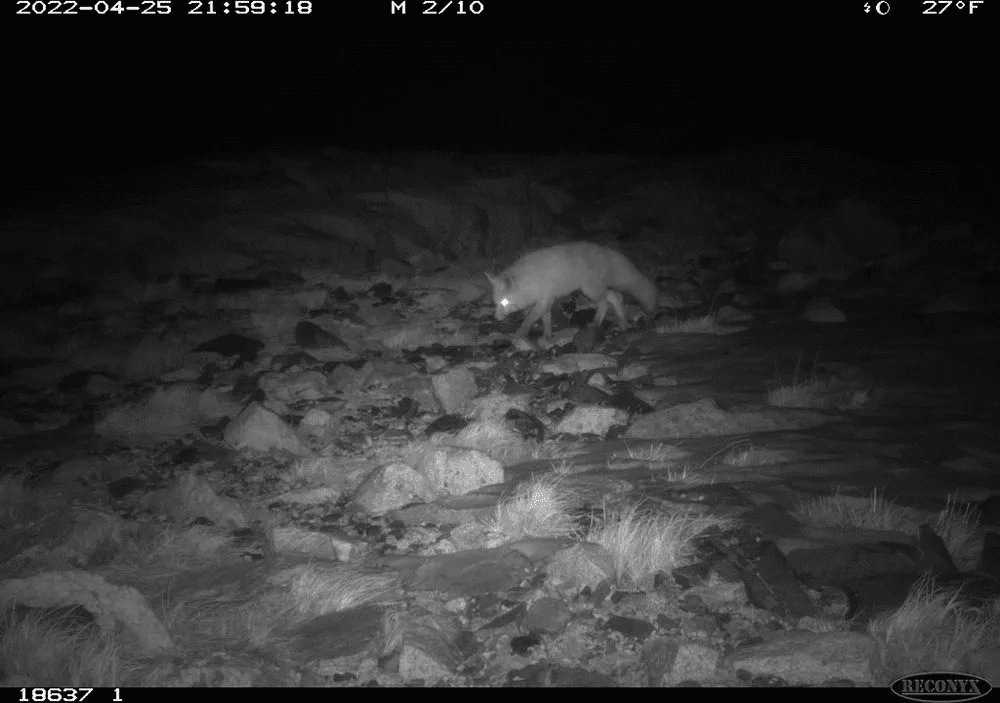An enormous iceberg, roughly equivalent in size to Greater London, has calved from the Antarctic ice shelf near a British research station. The British Antarctic Survey reported on Friday that the massive 1,270 square km (490 square m) block had broken off from the 150-metre-thick Brunt Ice Shelf, which had been showing signs of cracks for almost a decade. However, on Friday, a crack in the ice rapidly widened by several hundred metres before breaking off completely. Scientists first noticed the incident in November, but it wasn’t until January that the rift began moving forward at a rate of up to 1km per day, ultimately cutting through the thick floating ice shelf.
The frequency of icebergs calving from Antarctica has been increasing, with many experts linking the phenomenon to climate change and rising global temperatures. The Halley VI Research Station, operated by Britain, closely monitors the conditions of the floating ice shelf on a daily basis. In 2016/17, the station was relocated due to concerns about the potential for cracks in the ice to isolate it. The Director of Operations for the British Antarctic Survey, Simon Garrod, praised the decision to relocate the station as a wise move.
“As Director Jane Francis stated, our teams at the British Antarctic Survey have been bracing for the calving of an iceberg from the Brunt Ice Shelf for years,” said the expert. The latest event, which saw a massive iceberg, equivalent in size to Bedfordshire, break away, is not expected to have any impact on the current location of the research station. It’s worth noting that Bedfordshire is just over 1,200 square km, while Greater London is less than 1,600 square km. In order to avoid unpredictable winter conditions, the research station’s 12-person team was evacuated earlier this month and the station remains uninhabited during this time.
During the evacuation period, data collected from the research station is transmitted to a center in Cambridge for analysis. The British Antarctic Survey stated that there is no indication that climate change played a significant role in this particular incident. Director Jane Francis further explained that the iceberg may drift away over the coming weeks or months, or it could potentially become grounded and remain close to the Brunt Ice Shelf. The British Antarctic Survey is a global leader in environmental research in the region. Simon Garrod, the Director of Operations, emphasized that the organization is continually reviewing their contingency plans to ensure the safety of staff, protect the research station, and maintain the delivery of their science research at Halley.


















